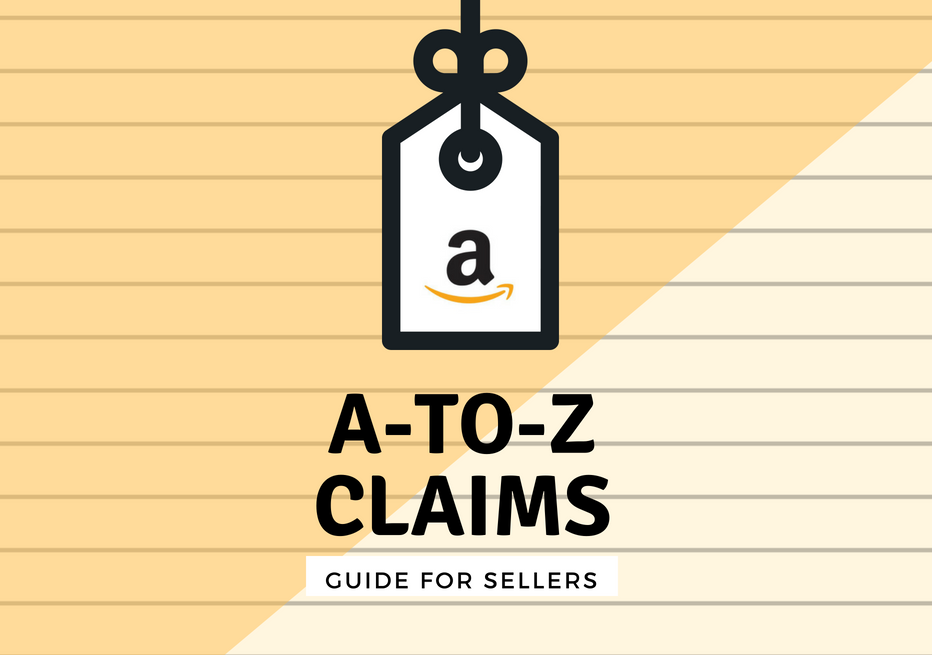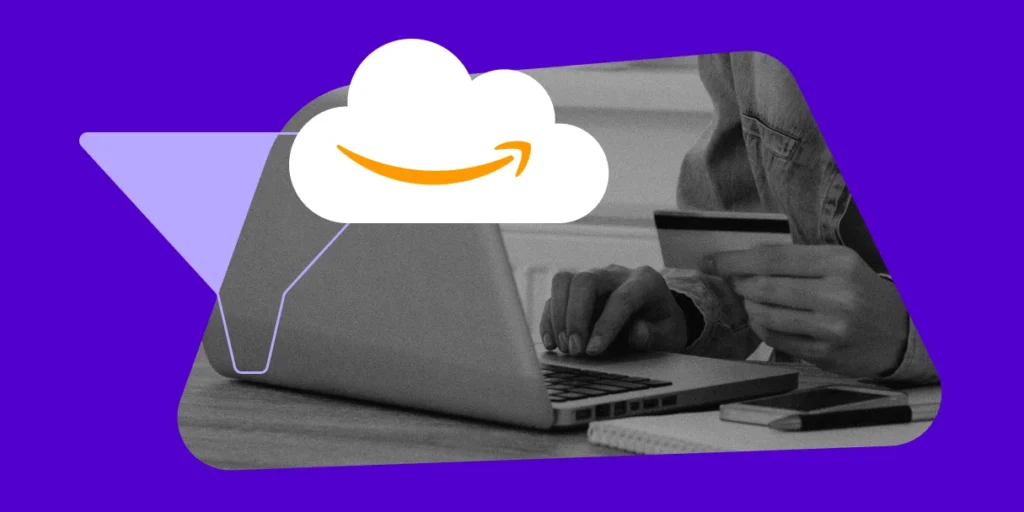In the event a customer purchases an item from a Third Party seller and something goes wrong (for example, it fails to deliver on-time), the Amazon A-to-z Guarantee is in place to protect customers (and their wallets).

What is the Amazon A-to-z Guarantee?
Amazon’s A-to-z Guarantee covers two things – the timely delivery of your item and the condition of the purchased items.
If either are unsatisfactory, customers can report the problem to Amazon and their team will determine if the customer is eligible for a refund. This policy was put in place to protect the customers Amazon values.
Unfortunately, for sellers – too many A-to-z claims (just like negative reviews) can severely damage the quality of the seller account and have a negative impact on the ability to sell.
As a seller, if you are hit with an A-to-z claim, you should not take it lightly. Although it’s not necessarily a death notice, if a seller acquires too many of these red flags, Amazon could suspend or terminate the account.
Why Does a Customer File an Amazon A-to-Z Claim?
Customers can file an A-to-Z claim provided they first contact the seller and wait two days to give the seller an opportunity to resolve the problem.
This gives the customer and the seller a bit of time to resolve the issue on their own before Amazon will step in.

A customer can file an A-to-Z Claim if they meet one (or more) of the reasons below:
– The seller failed to deliver the item by 3 calendar days past the maximum estimated delivery date or 30 days from the order date, whichever is sooner.
– The item received was damaged, defective, materially different, or the customer changed their mind and returned it in line with Amazon’s return policy but the customer has not been refunded or the refunded was in the wrong amount.
– The customer was not satisfied with the quality of the eligible services performed by the third-party seller.
– The customer wants to return an item internationally and the seller does not (1) provide a return address within the US, (2) provide a pre-paid return label, or (3) offer a full refund without requesting the item be returned.
– The customer has been charged extra (for example, by customs authorities for a shipment to US) in addition to the purchase and dispatch price they paid, and the seller did not cover those costs.
How a Customer Files an A-to-z Guarantee Refund
To request a refund on an eligible order, the customer must following the steps listed below:
- Go to Your Orders.
- Locate the order in the list and click Problem with order.
- Select your problem from the list.
- Select Request refund.
- Enter comments in the text box.
- Select Submit
For customers, the refund request(s) can take up to one week for Amazon to investigate.

Amazon will notify the customer of their decision via the email address associated with the account. Keep in mind, this is not something a third party seller will handle directly, nor should they be in communication during Amazon’s investigation of the claim.
If a customer would like to view the status of their request, they must locate the order in the list on the Your Orders page and select Problem with order.
A-to-z Claims Requirements for Customers:
Customers have up to 90 days after the maximum estimated delivery date to request a refund under the A-to-z Guarantee.
Keep in mind: The A-to-z Guarantee does not cover digital items, payments for services, stored value instruments. Additionally, if a customer files a chargeback with their payment provider or bank, they will not be eligible for a refund under the A-to-z Guarantee.
How can Sellers Prevent A-to-z Claims?
Although there’s no surefire way to prevent A-to-z claims, there are a number of preventative steps sellers can take to better their chances of a positive customer experience.
For example, at CPC Strategy we do not implement any advertising tactics until we have written or verbal approval from the clients we work with that they are ready and able to properly accept, fulfill, and service orders within Amazon’s seller performance thresholds.
The reason for this approach is to set up our clients for long term success and avoid any risks of suspensions, negative reviews, or A-to-Z claims which will damage the quality of the account and impact their ability to sell.
What if a customer is trying to “game the system” with returns? How can sellers protect themselves?
In some cases, customers will try to “game the system” with returns. But what does this mean exactly? And how can sellers better protect themselves in the event this happens?
Let’s apply this to an example:
Company A sells inflatable kayaks through FBA. One of their biggest pain points is what they call the “triple hit” fee.

Fee 1: They have to pay shipping fees when a customer returns a product.
Fee 2: They also have to pay the FBA Weight Handling fee for the initial delivery & return shipping back to FBA Fulfillment Center.
Fee 3: And finally, they have to pay to ship the “unsellable” boards back to their own warehouse.
“This is especially frustrating when a customer appears to be ‘gaming the Amazon system’ by using the product for as long as they need it, say for a vacation, then returning it claiming it as defective.”
– Joe Selzer Manager, Production & Integrations at CPC Strategy

So – is there a way for Company A to protect themselves from customers that attempt to take advantage of Amazon’s return policy?
According to our experts, unfortunately the Seller doesn’t have much control in these instances due to Amazon’s customer friendly return terms.
The way FBA returns operate is that if the returned product is received in sellable condition, it will be returned to the original seller’s inventory.
If the returned product is received in a condition that the product cannot be resold, Amazon will determine who is at fault (Amazon or customer) and reimburse according to the FBA Lost and Damaged Inventory Reimbursement Policy.

According to Pat Petriello, Head of Marketplace at CPC Strategy – what the seller could do is to make the customer pay return shipping on the item (instead of providing a pre-paid mailing label) and then communicate to the customer that the item cost and the shipping will be refunded if the item is actually found to be defective.
If the item is not actually defective, then the Seller can decide to only refund the item cost upon receipt of the return.
“One of the things they’ll need to balance here is the risk of inducing negative customer feedback and A-to-Z claims as a result of what is perceived to be poor customer service.”
“It might also be useful, if the Seller is using an automated messaging service, to have them set up a custom message just for the SKUs where this practice is most common, to communicate to the customer the return policy up front so that they know they won’t be getting a free lunch.”
Do you have questions about Amazon A-to-z claims? Email [email protected]
You Might Be Interested In














